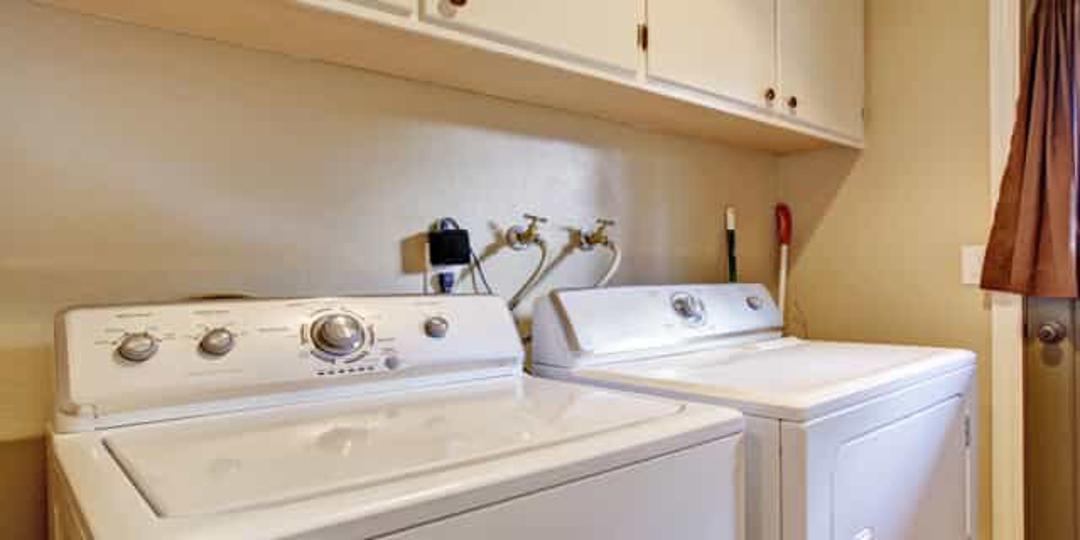Protect Your Electronics From Internal Power Surges
You already know that external power surges can fry your electronics like a pound of bacon in a hot pan.
You’ve got that threat covered.
But did you know that the most common types of electrical surges are internal power surges? They require an entirely different approach.
How common are they? Well, on average, 20 internal power surges happen daily. Every single one causes damage to your electronics.
Read on to learn more about what causes internal power surges, why they are a bigger issue now than in 1990, and how you can prevent them from causing damage.
What is an Internal Power Surge?
A power surge refers to any incident in which electricity exceeds the level your electronics are rated to handle.
Internal power surge occurs when one of your home’s motorized appliances — like a refrigerator — shuts off temporarily. The sudden shut-down directs the electricity it had been guzzling to other appliances attached to your houses power grid. Anything hooked into an outlet is susceptible.
Unlike a massive external power surge, you’ll never see the effects of an internal power surge while it’s happening.
If you’re reading this at home, take a minute and look around. See your TV or your computer?
An internal power surge might be happening right now. You can’t know.
How Internal Power Surges Wreck Your Cool Stuff
The runoff electricity damages your electronics’ internal components— like we said, anything plugged into an outlet is at risk.
Repeated internal power surges shorten appliance lifespan by 30%. You’re paying full price for an appliance and getting 2/3 of the performance.
Bzzt. Bzzt. Bzzt. Over time, they take their toll.
The appliances in your house today are orders of magnitude more complicated than the appliances in the home you grew up in.
They are also more at risk to the damage caused by internal power surges.
That complexity and susceptibility come from microprocessors. A microprocessor is a complete CPU located on a single integrated circuit. Internal surges seriously damage these dense and crucial computer chips.
However more electronics than just your computer have microchips, including:
- Your dishwasher
- Your television
- Your washing machine
- Your dryer
- Your refrigerator
- Your microwave
That wouldn’t have been the case in 1990, but it is now. Prepare accordingly.
Internal vs. External: Which Surge More Dangerous?
Hard to say.
The effects of these damaging surges are different. The outcome is the same: a big purchase left on the curb, waiting for the trash truck.
Consider: An external power surge annihilates your tech in one fell swoop. An internal power surge wears the components down every day.
Which are you more concerned about?
You don’t need to pick though. Mister Sparky® of Lancaster technicians specialize in protecting your electronics from both external and internal power surges.
Internal Surge Protection with Mister Sparky® of Lancaster
Point-of-Use surge protectors are the go-to tool to defend against internal power surges. Like a shield, Point of Use surge protectors function by absorbing the excess power before it reaches any susceptible and expensive appliance.
These devices are the more robust version of cheap power strips you see sold in stores. Although you might be tempted to go with the cheap option, electricians consider those to be glorified extension cords, as far as their ability to protect your electronics are concerned.
A Mister Sparky technician can examine your home and tell you exactly where and what level of point of surge protector you need.
Conclusion
Don’t you hate the idea of your electronics, your favorite tools and toys, being sabotaged little by little, every day?
Approximately 20 internal power surges per day, and there’s nothing you can do on your own to stop it, let alone detect it.
But that’s why you have Mister Sparky® of Lancaster. We make sure that we keep your electronics as safe as the rest of your house.
Contact us online or call at Mister Sparky® of Lancaster to have a conversation about keeping your home safe from internal power surges.















